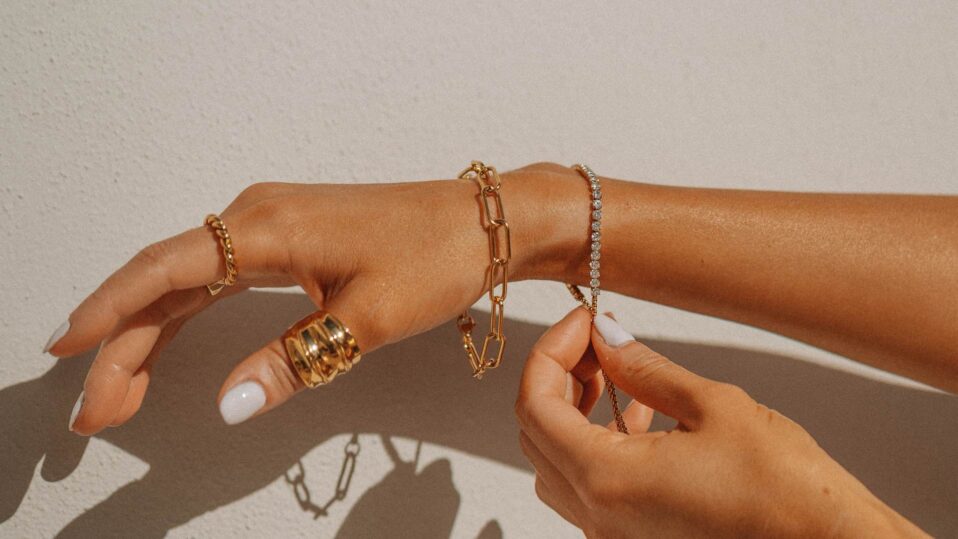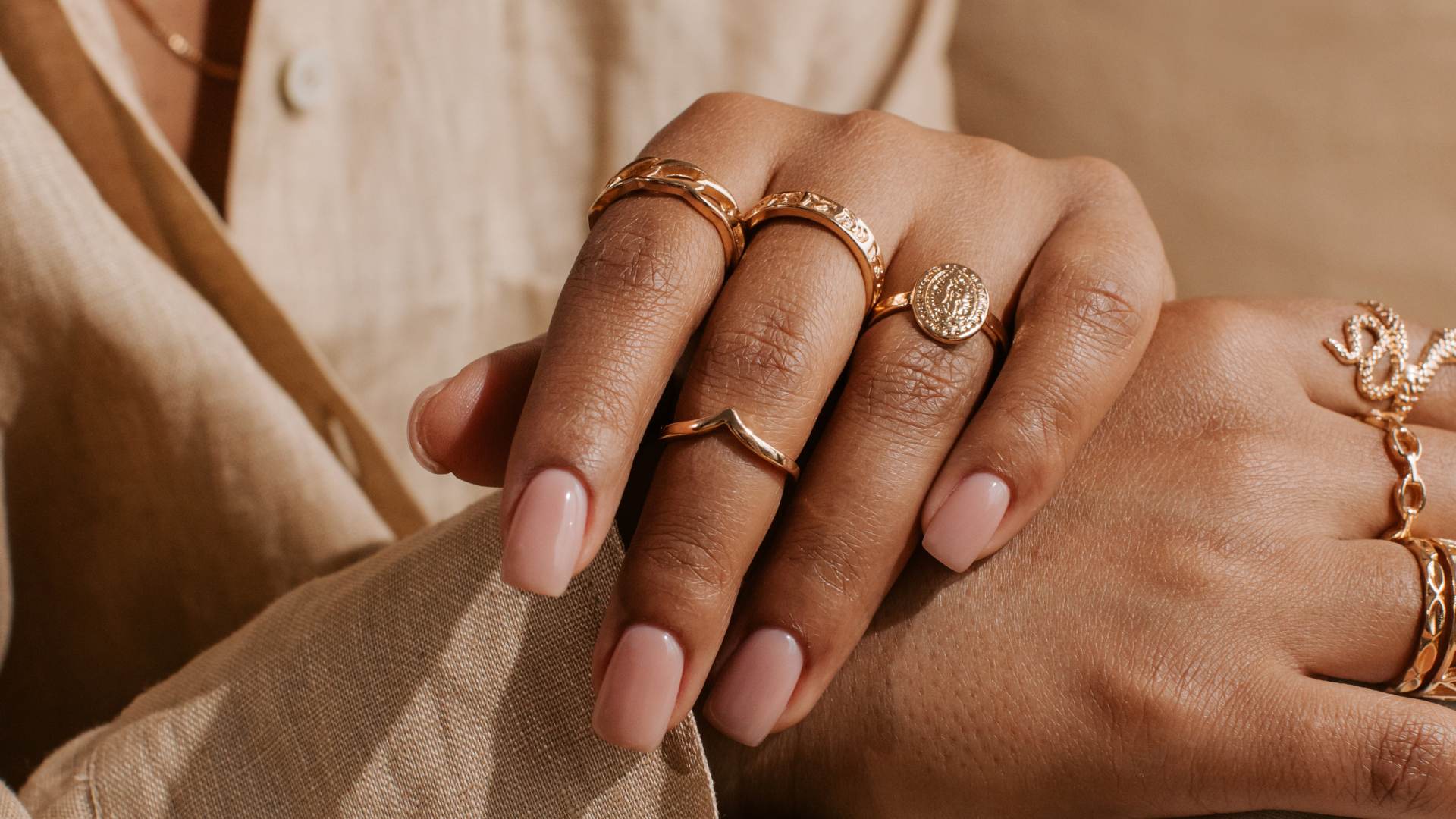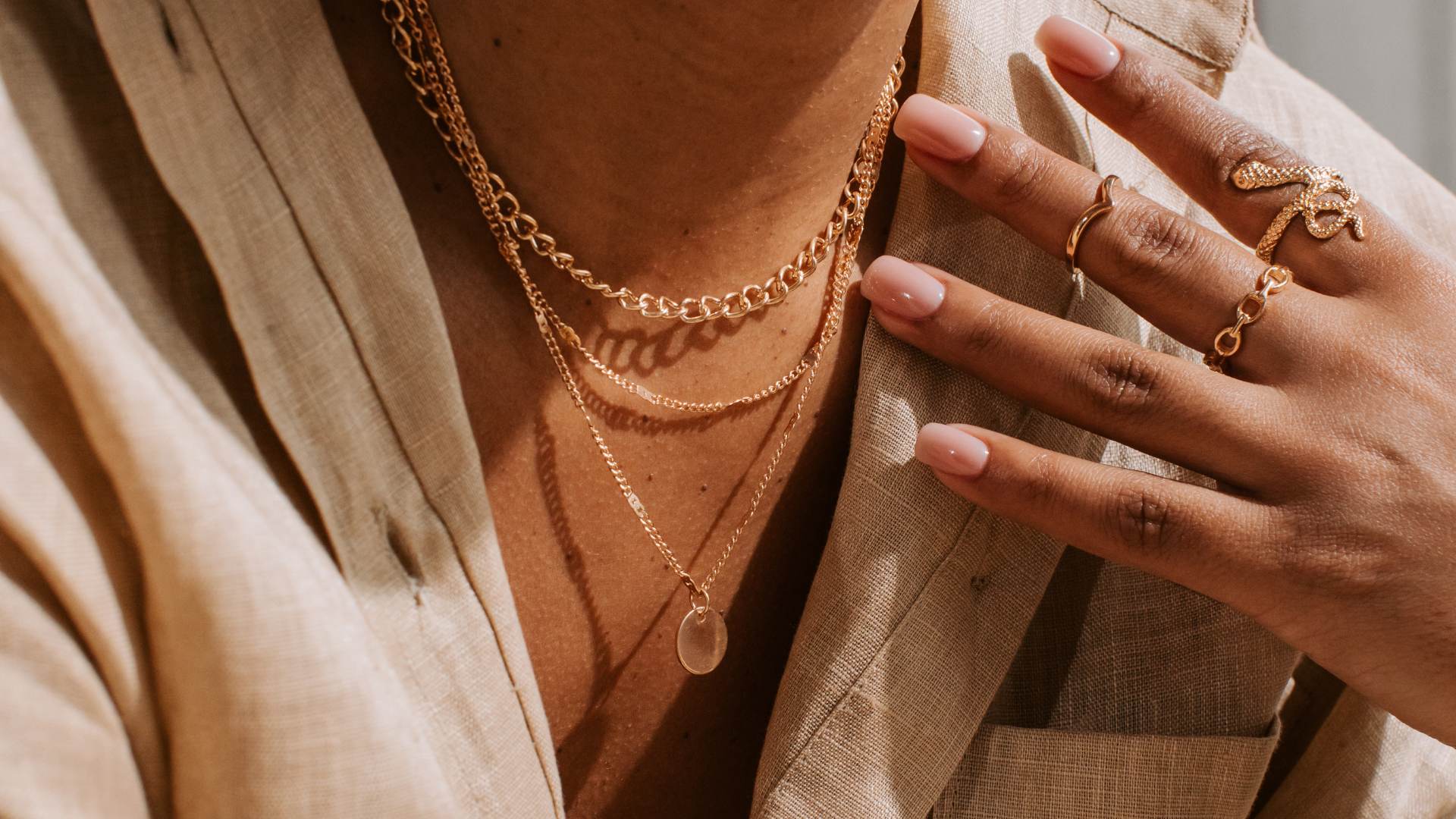Accessorizing 101: Matching Outfits with the Right Jewelry

Whether you’re dressing up for a high-profile event or simply elevating your everyday attire, knowing how to match outfits with the right jewelry can make all the difference. Accessories like necklaces, bracelets, and earrings can transform mundane looks into spectacular ensembles. To achieve this, you need to understand the nuances of jewelry and how they work with different outfits. In this article, we’ll dive into the essential style tips you need to know to master the art of accessorizing.
- 1 Finding the Perfect Necklace for Your Outfit
- 2 The Art of Matching Bracelets and Cuff Bracelets
- 3 Earrings and Their Role in Accessorizing
- 4 Mastering the Art of Color Coordination with Jewelry
-
5
FAQ
- 5.1 What are some general guidelines for pairing jewelry with outfits?
- 5.2 How do I choose the right necklace for different necklines?
- 5.3 Can I mix different metals in my jewelry?
- 5.4 What type of earrings should I wear with my hairstyle?
- 5.5 How can I incorporate statement pieces without overdoing it?
- 5.6 You may also like:
Finding the Perfect Necklace for Your Outfit
When it comes to choosing the right necklace to complement your outfit, several factors come into play: the neckline of your top or dress, the overall style of your attire, and the occasion. Let’s explore these aspects in detail.
Matching Neckline and Necklace Length
Understanding the relationship between your neckline and necklace is crucial. For instance, a pendant necklace works beautifully with a V-neck top, as it accentuates the natural line of the neckline. On the other hand, a choker pairs well with an off-shoulder dress, drawing attention to your collarbone. A statement necklace can be the perfect addition to a simple crew neck, adding a focal point to your look.
Style Coordination
When choosing a necklace, consider the overall style of your outfit. A gold necklace exudes classic elegance and pairs well with formal attire, while a sterling silver piece brings a touch of understated chic to casual outfits. For a black dress, a vibrant statement necklace can add a pop of color and transform a basic outfit into an eye-catching ensemble.
Experimenting with Necklace Length
The length of your necklace can significantly impact your look. Shorter necklaces like chokers and collar lengths are great for accentuating your neck and collarbone, while longer necklaces can elongate your torso, making you appear taller and more slender. Experiment with different lengths to find what works best for your body type and outfit.
The Art of Matching Bracelets and Cuff Bracelets
Bracelets and cuff bracelets are versatile accessories that can add a touch of elegance to any outfit. However, it’s essential to select the right type and style to ensure a harmonious look.
Complementing Your Outfit
When styling your outfit with bracelets, consider the color coordination. For instance, a gold bracelet pairs well with warm tones, while a sterling silver bracelet complements cooler shades. If you’re wearing a colorful dress, a neutral bracelet can balance the look without overwhelming the overall aesthetic.
Balancing Statement Pieces
If your outfit features a statement necklace or bold earrings, it’s a good idea to opt for simpler bracelets. This ensures that your look remains balanced and not overly busy. Conversely, if your attire is more subdued, a statement cuff bracelet can add a striking focal point.
Layering Bracelets
Layering bracelets is a fashionable way to add depth and interest to your look. Mix and match different styles, textures, and materials to create a personalized and chic ensemble. However, be mindful of not overdoing it; balance is key to a sophisticated appearance.
Earrings and Their Role in Accessorizing
Earrings are a versatile accessory that can instantly elevate your look. The right pair can accentuate your facial features, complement your hairstyle, and add a touch of elegance to your outfit.
Choosing Earrings for Different Hairstyles
Your hairstyle can influence the type of earrings you wear. For instance, if you’re wearing your hair up, long dangly earrings can elongate your neck and add a glamorous touch. On the other hand, if you have a short haircut or are wearing your hair down, studs or small hoops might be more appropriate, keeping the focus on your face without overwhelming your look.
Coordinating with Necklaces and Bracelets
When pairing earrings with other jewelry pieces like necklaces and bracelets, strive for harmony. If you’re donning a statement necklace, consider wearing simpler earrings to avoid a clashing effect. Conversely, if your necklace is delicate and understated, you can afford to wear more dramatic earrings. Color combinations also play a role; matching or complementary colors can create a cohesive look.
Selecting for Different Occasions
The occasion often dictates the type of earrings to wear. For formal events, opt for elegant pieces like diamond studs or pearl earrings. For casual outings, feel free to experiment with quirky designs and vibrant colors. Remember, the key is to choose pieces that enhance your overall look rather than distract from it.
Mastering the Art of Color Coordination with Jewelry
One of the most crucial elements of accessorizing is color coordination. The right combination of jewelry and outfit colors can create a harmonious and stylish look.
Understanding Color Theory
Color theory is an essential tool for mastering color combinations. Complementary colors, which are opposite each other on the color wheel, can create a balanced and visually appealing look. For instance, pairing a blue dress with orange-toned jewelry can make your ensemble stand out. Analogous colors, which are next to each other on the color wheel, offer a more subtle and harmonious look.
Matching Jewelry with Outfit Colors
When selecting jewelry, consider the colors of your outfit. A black dress, for example, serves as a blank canvas, allowing you to experiment with various jewelry colors without clashing. For a red dress, gold or silver jewelry can add a touch of elegance without overwhelming the bold color. Neutral outfits provide the opportunity to wear more vibrant jewelry pieces, adding a pop of color to your look.
Experimenting with Textures and Finishes
In addition to color, experimenting with different textures and finishes can add depth and interest to your outfit. A matte metal bracelet paired with a shiny pendant necklace can create a unique contrast, while mixing different materials like leather and metal can add a modern and edgy touch to your look.
Accessorizing is an art that, when mastered, can enhance your overall style and make you feel more confident in your appearance. By understanding how to match outfits with the right jewelry, you can create cohesive and stylish looks for any occasion. Remember to consider factors like neckline, color coordination, and the balance between statement and subtle pieces. With these tips in mind, you’ll be well on your way to becoming a pro at accessorizing.
So, the next time you’re dressing up, take a moment to think about which necklace, bracelet, or pair of earrings will best complement your outfit. Experiment with different combinations and don’t be afraid to step outside your comfort zone. Accessorizing is all about expressing your personal style and adding that finishing touch of elegance to your look.
FAQ
What are some general guidelines for pairing jewelry with outfits?
When choosing jewelry to complement an outfit, consider the occasion, the neckline of your clothing, and the overall color scheme. For formal events, opt for elegant and understated pieces, while casual settings allow for more playful and bold accessories. Matching the metal tone of your jewelry to the colors in your outfit can create a cohesive look. Additionally, ensure that your jewelry complements rather than competes with your clothing.
How do I choose the right necklace for different necklines?
The key to selecting the perfect necklace lies in the neckline of your outfit. For a V-neck, a pendant or a Y-shaped necklace works well. Crew necks pair nicely with statement necklaces or shorter chains. Strapless tops can be beautifully accented with chokers or collar necklaces, while boat necks are best complemented by long, layered necklaces. Always aim to enhance the neckline rather than overwhelm it.
Can I mix different metals in my jewelry?
Yes, mixing metals is now a popular trend and can add a modern twist to your ensemble. To successfully mix metals, try to balance the proportions and ensure there is a common element, such as a style or gemstone, that ties the pieces together. For instance, combining gold and silver can work well if the pieces share a similar design motif or are of the same scale.
What type of earrings should I wear with my hairstyle?
Your hairstyle can significantly influence your choice of earrings. For updos or short hair, statement earrings like chandeliers or drop earrings can add a dramatic flair. With long, flowing hair, consider studs or small hoops to avoid tangling. If you have a bob or shoulder-length hair, medium-sized earrings or unique shapes can add interest without overwhelming your look.
How can I incorporate statement pieces without overdoing it?
To incorporate statement pieces into your outfit without going overboard, focus on one standout item at a time. If you’re wearing a bold necklace, keep other jewelry minimal. The same goes for statement earrings or bracelets. Additionally, ensure that the rest of your outfit remains relatively simple so that your statement piece can truly shine without clashing with other elements.


